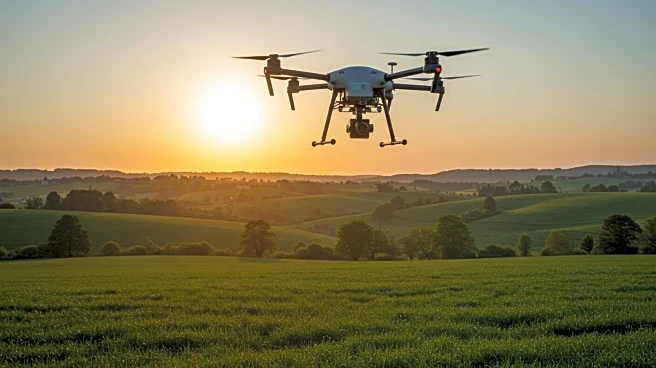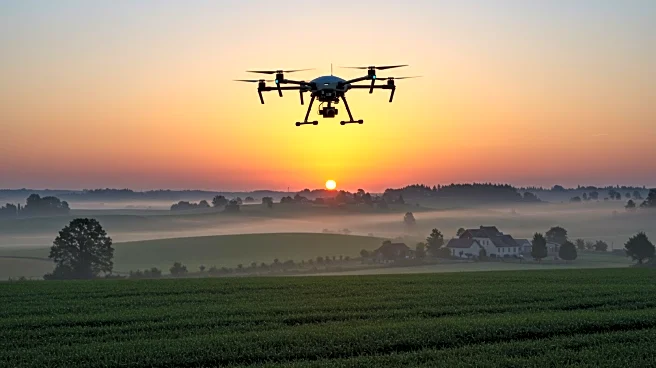Rapid Read • 9 min read
Hyperspectral imaging technology is rapidly gaining traction in the agriculture sector, with projections indicating that the market will exceed $400 million globally by 2025. This advanced imaging technique offers detailed spectral signatures for every pixel, enabling real-time, data-driven decisions in crop monitoring, soil analysis, and input optimization. Unlike conventional imaging methods, hyperspectral imaging provides ultra-detailed insights into plant biochemistry and physiology, making it a pivotal tool for modern farming. As the global population increases and climate challenges intensify, the need for sustainable agricultural practices becomes more pressing. Hyperspectral imaging is poised to become a mainstream technology, helping farmers and agribusinesses achieve smarter, more efficient, and environmentally friendly farming.
AD
The adoption of hyperspectral imaging in agriculture is significant due to its potential to revolutionize precision farming. By providing detailed insights into crop health, soil properties, and environmental conditions, this technology enables farmers to make informed decisions that can lead to increased yields and reduced environmental impact. The ability to detect plant diseases and stress early, manage nutrient and water deficiencies, and optimize pesticide use can significantly lower input costs and enhance sustainability. As the market grows, hyperspectral imaging is expected to become a critical tool for meeting the demands of rising food production while minimizing resource waste and chemical runoff. This shift towards data-driven agriculture supports global efforts to achieve food security and environmental resilience.
As hyperspectral imaging technology becomes more affordable and accessible, its integration into agricultural practices is expected to increase. Farmers will likely adopt this technology for crop monitoring, soil management, and environmental compliance, supported by advancements in sensor miniaturization and cloud-based analytics. The technology's integration with IoT and farm management systems will provide holistic analysis capabilities, further enhancing precision agriculture. Policymakers and agribusinesses are anticipated to invest heavily in digital agriculture tools, driving further innovation and adoption. The continued development of mobile platforms and APIs will facilitate seamless access to hyperspectral data, empowering farmers to make real-time decisions from anywhere.
The widespread adoption of hyperspectral imaging in agriculture could lead to significant ethical and cultural shifts. As farmers gain access to detailed data about their crops and soil, traditional farming practices may evolve, potentially impacting rural communities and their cultural heritage. The technology's ability to optimize resource use aligns with global sustainability goals, promoting environmentally friendly farming practices. However, the reliance on advanced technology may raise concerns about data privacy and the digital divide, as smaller farms may struggle to access or afford these innovations. Addressing these challenges will be crucial to ensuring equitable benefits from hyperspectral imaging advancements.
AD
More Stories You Might Enjoy










